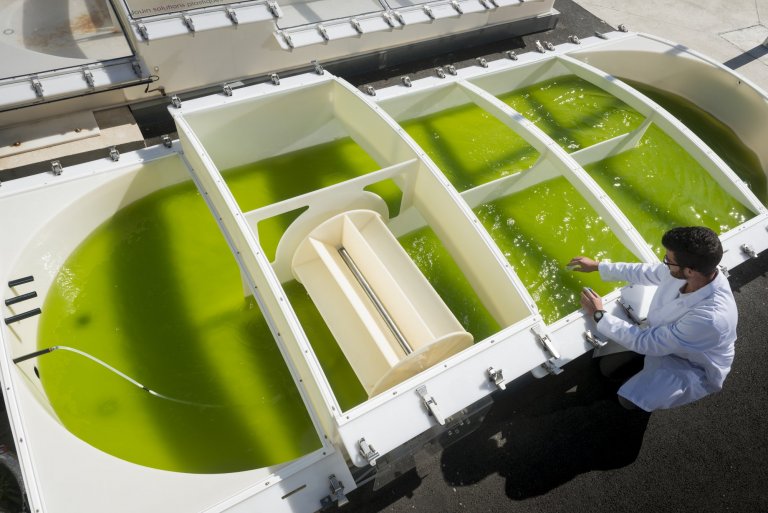
© Jean-Claude MOSCHETTI/AlgoSolis/CNRS Images
View the mediaFolder
What if, in future, ‘chemicals’ were no longer synonymous with danger and pollution? That is the challenge of green chemistry, which aims to reinvent the relationship between chemistry, health and the environment.

© Jean-Claude MOSCHETTI/AlgoSolis/CNRS Images
View the mediaGreen chemistry, a sector that has only recently taken off, aims primarily to limit the use of harmful substances commonly deployed in the past, endangering our environment and our health. It mainly consists, as far as possible, of using renewable raw materials, which do not persist in the air or the soil when they degrade. But more can also be done: polluted water courses and soil can be cleaned up using plants or novel processes such as photocatalysis and electron beams. And once this clean-up process is finished, it is even possible to generate value from the recovered biomass by extracting new molecules with high added value. In this fast-growing sector, the fundamental research carried out by CNRS scientists often leads to innovations that can then be developed in partnership with industrial companies. Explore with us what chemistry will look like in the future…
Our work is guided by the way scientists question the world around them and we translate their research into images to help people to understand the world better and to awaken their curiosity and wonderment.